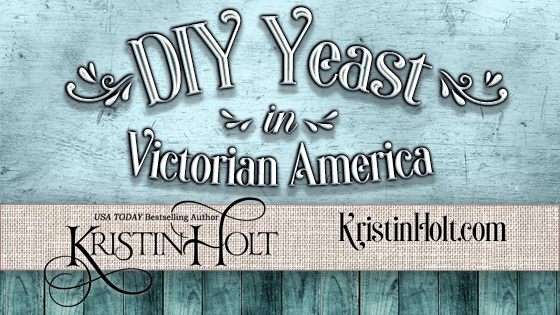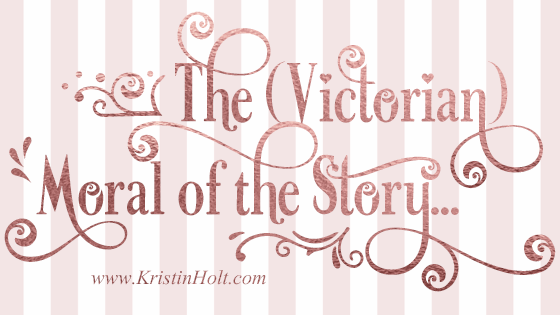
by Kristin Holt | Aug 25, 2021 | Articles
Nineteenth-century recipes for fruit jellies–the kind spread on toast or between cake layers. Vintage details instruct cooks on jellies (and jams) made of raspberry, cranberry, apple, strawberry, quince, three hues of currant, peach, plum, cherry, gooseberry, and more. How they capped their jelly tumblers might surprise you…

by Kristin Holt | Feb 18, 2021 | Articles
Nineteenth century breads often called for “a teacup of yeast,” a huge amount compared to today’s recipes. Victorian-era housekeepers (e.g. wives) made their yeast. And continued to whip up fresh batches of yeast (with a touch of the last batch as a starter) well after commercially prepared yeast waited on grocer’s shelves.

by Kristin Holt | Nov 12, 2018 | Articles
At the outset of Unmistakably Yours, Hank Murphy, proprietor of a fine new grocery emporium, is desperate to ensure adequate supplies to see his community through winter have arrived safely in Mountain Home. Much like Aesop’s fables about ants and grasshoppers, the American-Victorian era is ripe with moral-rich stories urging hard work during the summer to secure safety and comfort in the winter. This vintage newspaper article from 1880 showcases an example of the era’s “stories with a moral”.

by Kristin Holt | Jan 28, 2017 | Articles
In the third and final article about Nineteenth Century Ice Cutting, I share some of the highlights of the history surrounding a Boston entrepreneur’s ice company, both domestic and foreign. Historic sources share insights and facts that make ice a pretty cool subject to study! See vintage images of ice cutters at work.

by Kristin Holt | Sep 14, 2016 | Articles
“Mason Jars” (glass bottles for home food preservation) were invented and patented in the United Sates in the Victorian Era. Industrious homemakers grew large gardens, tended fruit trees, and bottled everything from jams and jellies to grape juice, apple sauce to soups, tomatoes to green beans. How did women accomplish this work?













